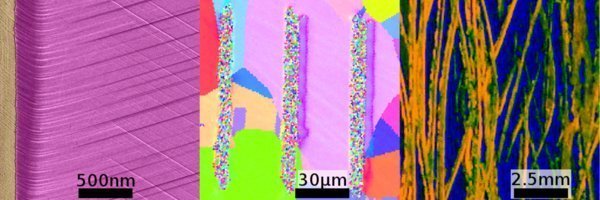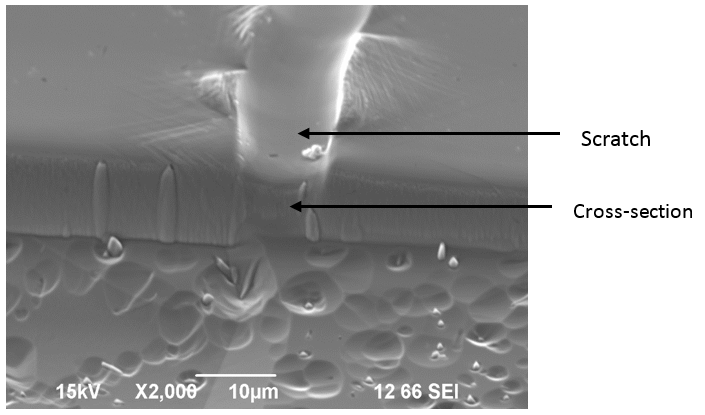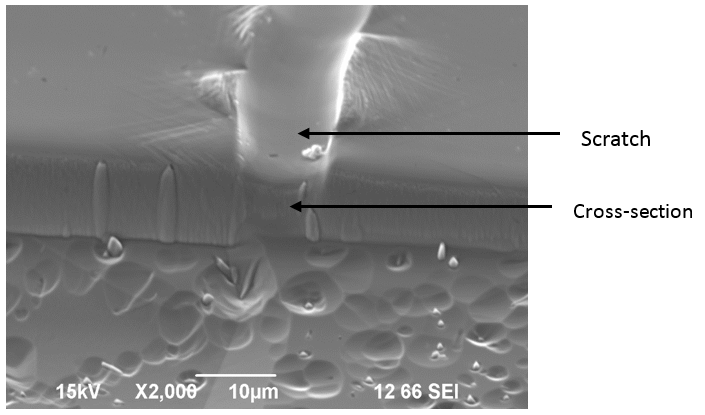
Texture evolution during nanotribology in FCC metals
Global energy consumption to overcome friction is significant and minimization of this consumption will allow monetary savings and a greener environment.
The friction properties of the metal is largely dependent on its microstructure. During tribological load, subsurface microstructure changes, such as grain refinement or recrystallization in ductile metals, has been observed in the past but the quantitative description is still at large. Especially, grain refinement plays an important role in the minimization of the friction-energy and wear-rate as the fine grains support the outer chemical layer.
This project aims at developing quantitative description for subsurface plasticity during the early stages of the tribology. Different samples of Thermax steel will be prepared by conventional metallographic preparation. The grain orientation and grain size will be determined by Electron Backscatter Diffraction in the SEM. Sapphire and diamond tips from diameter of 0.25mm to 6mm will be used for scratching the sample surface. The scratches will be performed with varying force and velocity to develop a quantitative description of the subsurface deformation. Focused Ion Beam milling will be used to produce cross-sections and TEM lamellae to subsequent investigation of subsurface texture evolution.

